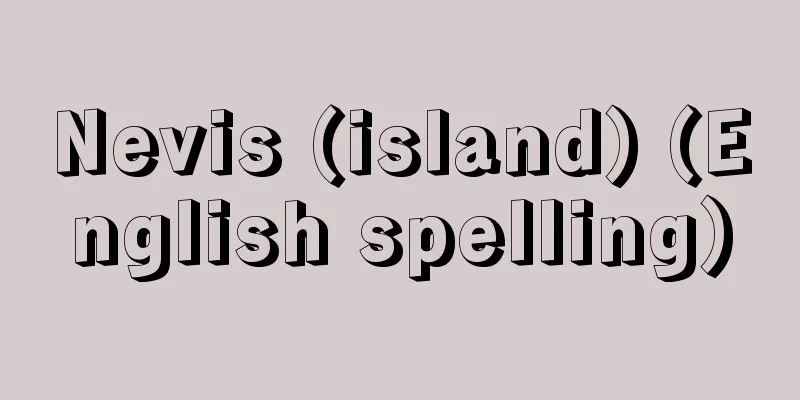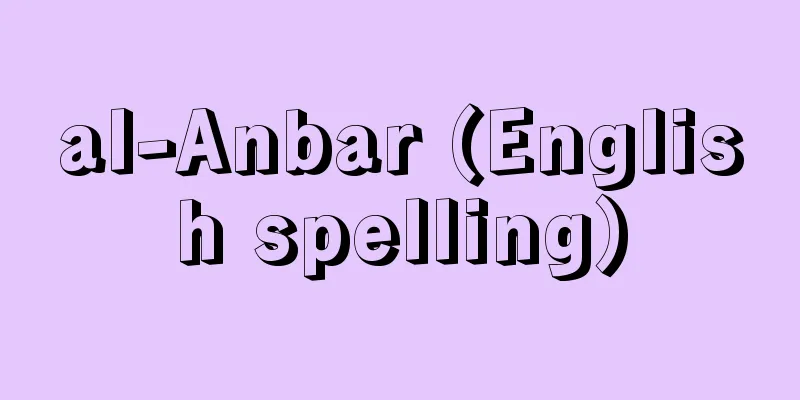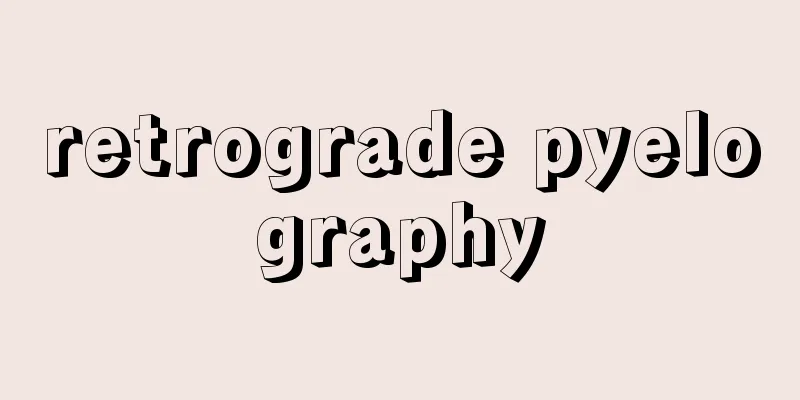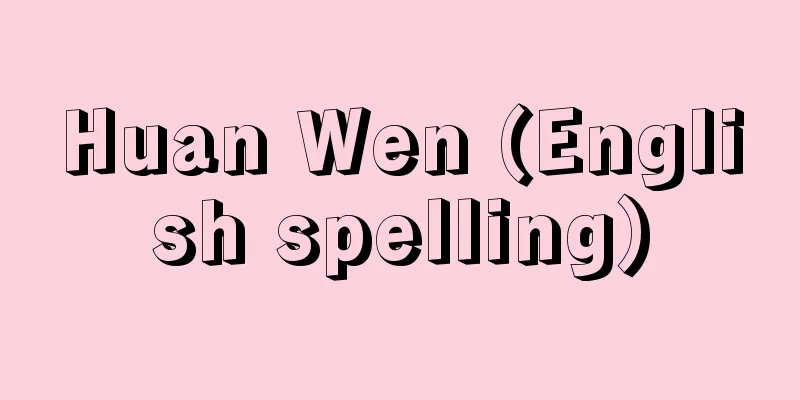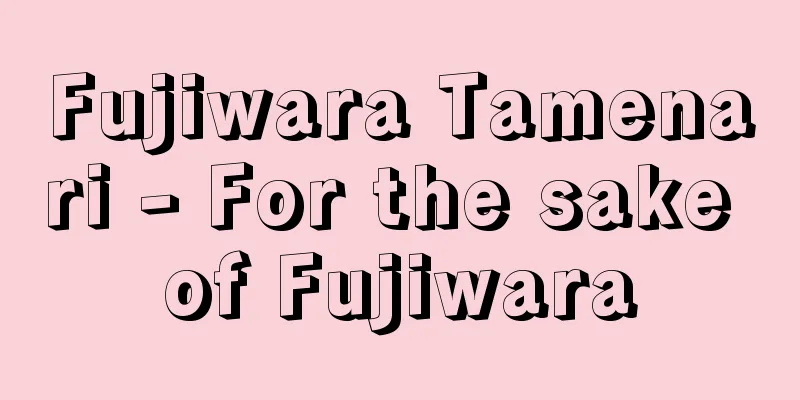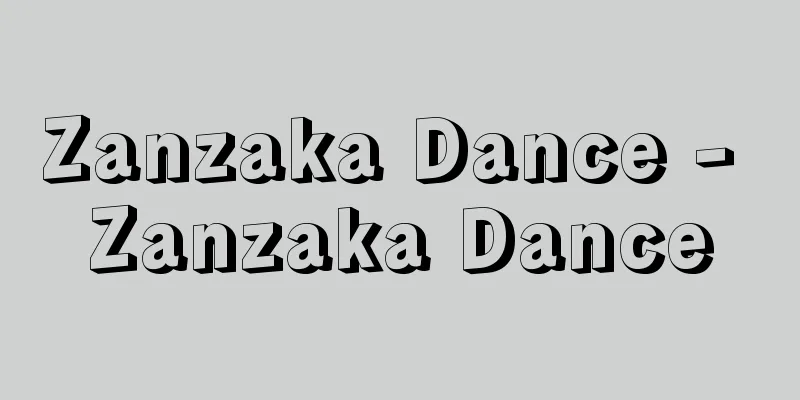Freedom of belief - Jiyuushinshoshugi

|
It is a principle that leaves the probative value of evidence necessary for a court to decide a case to the free judgment of the judge. In contrast to this, there is a way of thinking that limits the judge's value judgment of evidence, such as by defining the value of evidence in law and saying that when certain evidence exists, a certain fact must be admitted, or that when certain evidence does not exist, a certain fact must not be admitted. This is called the principle of de jure evidentiary. The former is called positive de jure evidentiary, and the latter negative de jure evidentiary. For example, in Germany, the Carolina Code of 1532 under Emperor Charles V adopted this principle of de jure evidentiary. It stipulated that in order to pronounce a guilty verdict, a confession or the testimony of two or more credible witnesses (eyewitnesses or hearing witnesses) was required. Under certain conditions, it was permitted to use torture to obtain a confession. However, with the development of modern Enlightenment thought, the system of torture was abolished, and this abolition of torture led to the establishment of trial by evidence and the principle of free judgment. [Ichiro Uchida] Free belief in criminal proceedingsIn Japan, the principle of a confession being required was followed until the beginning of the Meiji era. In other words, Article 318 of the revised Code of Criminal Laws in June 1873 (Meiji 6) stipulated, "In general, a conviction of guilt shall be based on oral evidence. If a conviction is not established and a person dies, his/her guilt shall not be discussed even if there is evidence," and established the principle that a confession from the defendant was required in order to pass a guilty verdict. This was amended by the Dajokan Proclamation No. 86 of June 10, 1876, to read, "In general, a conviction of guilt shall be based on oral evidence. If a conviction is not established and a person dies, his/her guilt shall not be discussed," thus abolishing the principle of a confession being required and adopting the principle of trial by evidence. Furthermore, on August 28 of the same year, Ministry of Justice Notice No. 64 listed eight types of evidence for conviction as "Conditions for Evidence of Conviction," and clarified the adoption of the principle of free conviction, stating that "determining guilt based on evidence from the previous case is solely the judge's trust." Article 146 of the 1880 Criminal Justice Law, Article 90 of the former Criminal Procedure Code of 1890, Article 337 of the former Criminal Procedure Code of 1922 (Taisho 11), and Article 318 of the current Criminal Procedure Code all consistently maintain the principle of free conviction. In other words, they have taken the position of trusting in the judge's free judgment based on rational logical rules and empirical rules when it comes to judging the value of evidence. However, Article 38, paragraph 3 of the Constitution and Article 319, paragraphs 2 and 3 of the Code of Criminal Procedure provide for the sole exception to the principle of free conviction, and in order to prevent any possible miscarriage of justice, they place restrictions on the probative value of confessions, regardless of whether they are made outside the presence of a sentencing court or in public trial, and require the existence of corroborating evidence in addition to the confession. [Ichiro Uchida] Free belief principle in civil litigationIn the Civil Procedure Law, Article 247 stipulates that, when making a judgment, the court shall take into consideration the entire gist of oral argument and the results of the examination of evidence, and shall determine whether or not the allegations regarding facts should be accepted as true based on free impression, expressing the adoption of the principle of free impression. In other words, this principle is a principle that when the court finds facts that are the basis of a judgment, the judge's judgment of whether or not the facts exist is left to the judge's free impression based on all the materials and circumstances that appear in the trial. However, the materials that are the basis of the free impression must be obtained lawfully, and even though the judge is free to form his or her own impression, it must follow the laws of experience and logic. Therefore, the reasons for the judgment must indicate what materials the judge has derived and what kind of conviction he or she has, to a degree that is convincing to the average person. Any deficiencies in these points will be grounds for appeal, just as in the case of a violation of laws and regulations. However, as an exception to this principle, there are cases where the means of proof are restricted for certain factual findings for special reasons (for example, Articles 15 and 23, paragraph 1 of the Civil Procedure Rules, and Articles 160, paragraph 3 and 188 of the Civil Procedure Act). Furthermore, if there is a judicial confession in a civil lawsuit, within the scope of the oral argument system, it is not necessary to judge the truth or falsity of the statement, and no findings to the contrary can be made. In this case, however, since there is no dispute between the parties, the judge's right to find the fact is excluded, and the confession is not considered legal evidence. [Takeyoshi Uchida and Tetsuo Kato] [Reference] | | | | |Source: Shogakukan Encyclopedia Nipponica About Encyclopedia Nipponica Information | Legend |
|
裁判所が裁判をするのに必要な証拠の証明力を裁判官の自由な判断にゆだねる主義をいう。これに反して、証拠の価値を法律において定めておいて、ある証拠が存在するときは、かならず、ある事実を認めなければならない、としたり、また、ある証拠が存在しなければ、ある事実を認めてはならない、とするように、裁判官の証拠に対する価値判断に制限を加えようとする考え方があり、これを法定証拠主義という。そして前者を積極的法定証拠主義、後者を消極的法定証拠主義と名づけている。たとえば、ドイツでは、カール5世皇帝の1532年のカロリナ法典が、この法定証拠主義をとっていた。そこでは、有罪の言渡しをするためには、自白または信憑(しんぴょう)すべき2名以上の有力証人(目撃証人または聞き証人)の証言を必要とする旨の規定が置かれていた。そして一定の条件のもとで、拷問を行って自白を追求することが許されていた。しかし、近代啓蒙(けいもう)思想の発展とともに、拷問の制度が廃止され、この拷問の廃止ということが、証拠裁判主義、自由心証主義の確立を促すことになった。 [内田一郎] 刑事訴訟における自由心証主義日本でも明治の初めまで自白必要主義がとられていた。すなわち1873年(明治6)6月の改定律例第318条は、「凡(およそ)罪ヲ断スルハ、口供結案ニ依(よ)ル。若(も)シ甘結セスシテ、死亡スル者ハ、証佐アリト雖(いえど)モ、其(その)罪ヲ論セス」と規定して、有罪判決を言い渡すためには、被告人の自白を必要とするとの原則をとっていた。これは、1876年6月10日太政官(だじょうかん)布告第86号によって、「凡ソ罪ヲ断スルハ証ニ依ル若シ未タ断結セスシテ死亡スル者ハ其罪ヲ論セス」と改められ、ここに自白必要主義は撤廃され、証拠裁判主義が採用された。さらに同年8月28日司法省達第64号は、「断罪証拠条件」として、8種の断罪証拠を列挙したのち、「前件ノ証拠ニ依リ罪ヲ断スルハ専(もっぱ)ラ裁判官ノ信認スル所ニアリ」として、自由心証主義を採用することを明らかにした。1880年の治罪法第146条、1890年の旧旧刑事訴訟法第90条、1922年(大正11)の旧刑事訴訟法第337条、現行刑事訴訟法第318条も一貫して自由心証主義を維持している。すなわち証拠の価値判断について、裁判官の合理的な論理法則、経験法則を踏まえた自由な判断に信頼する立場をとってきたのである。ただ憲法第38条3項、刑事訴訟法第319条2項・3項は、自由心証主義に唯一の例外を設けて、万が一にも誤判が生じるようなことのないようにするため、判決裁判所の面前以外でなされた自白、ないし公判廷の自白であると否とを問わず、およそ自白の証明力に制限を設けて、自白のほかに補強証拠が存在することを要求している。 [内田一郎] 民事訴訟における自由心証主義民事訴訟法においても、その第247条は、裁判所は判決をするにあたり、口頭弁論の全趣旨および証拠調べの結果を斟酌(しんしゃく)し、自由な心証により事実についての主張を真実と認めるべきか否かを判断する、と規定し、自由心証主義をとることを表明している。つまり、この主義は、裁判所が判決の基礎となる事実を認定する際に、その事実の存否の判定を、裁判官が審理に現れたいっさいの資料状況に基づいて自由な判断により到達する心証に任せようとする原則である。しかしながら、自由心証の基礎となる資料は適法に得られたものであることを要するし、いくら心証の形成が裁判官の自由であるといっても、経験法則や論理法則に従ったものでなければならない。そのため、判決の理由中には、いかなる資料からいかなる確信を得たかを、通常人が納得できる程度に示さねばならないとされている。これらの点に不備があると、法令違反の場合と同様に上告理由となる。ただし、この主義の例外として、特別の理由から一定の事実認定につき証拠方法が制限されている場合がある(たとえば民事訴訟規則15条、23条1項、民事訴訟法160条3項、188条など)。なお、民事訴訟において裁判上の自白があると、弁論主義の行われる範囲内では、その陳述の真否を判断することを要せず、またこれに反する認定もできないが、この場合は、当事者間に争いがないためその事実につき裁判官の認定権が排除されるのであって、自白を法定証拠としているわけではない。 [内田武吉・加藤哲夫] [参照項目] | | | | |出典 小学館 日本大百科全書(ニッポニカ)日本大百科全書(ニッポニカ)について 情報 | 凡例 |
<<: Life annuity contract - Life annuity contract
>>: Lifetime employment system - shuushinkoyousei (English spelling) lifetime commitment
Recommend
Train - Ressha
A train is a set of rolling stock arranged for th...
Pandanus
French composer. Born in Paris to the German compo...
The Gospel According to Mark
One of the four Gospels in the New Testament. Toge...
Sogatella furcifera (English name) Sogatellafurcifera
... Among planthoppers, the white-backed planthop...
Sukhavativyuha (English spelling)
…One of the Mahayana Buddhist scriptures that pre...
Stability conditions
A term used in economics. Market equilibrium is an...
Queen Substance
…All worker bees are female, and as long as there...
MSI (Social Movement) (English spelling) MSI
...Apart from the main leaders, the expulsion of ...
Gohei Ono
1831-1921 A shogi player from the end of the Edo ...
Fujiwara-kyo
It was the capital of Japan for 15 years, spannin...
Poglietti, A.
… [history] The precursors of 19th-century progra...
Karadjordje Petrović
1768‐1817 Leader of the First Serbian Uprising (18...
Emmenagogue - emmenagogue
Drugs that improve or eliminate menstrual stagnati...
Worshipping from all four directions
〘Noun〙 (In early modern times, it was also called ...
Center national d'art et de culture Georges-Pompidou
...A center that brings together various function...

